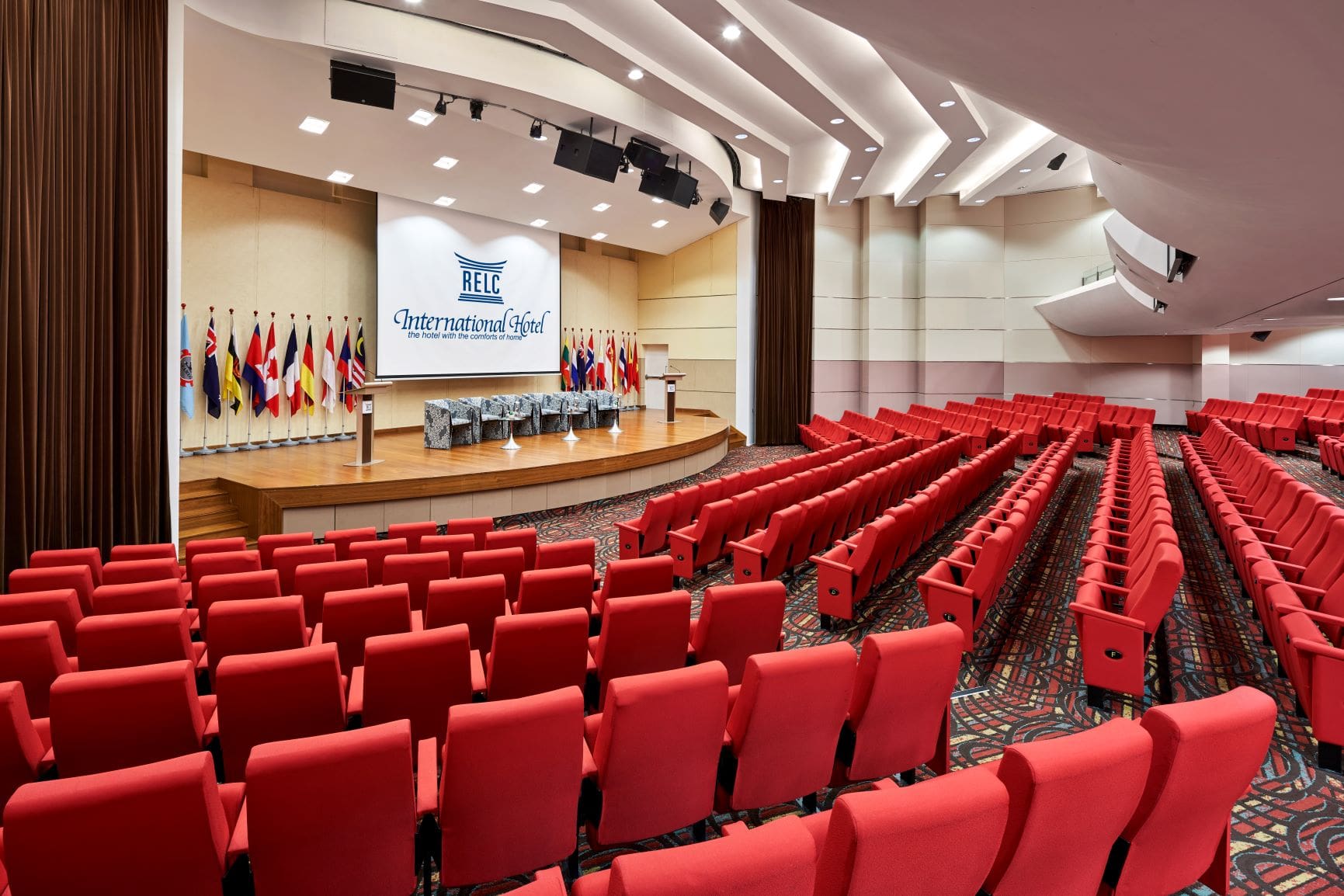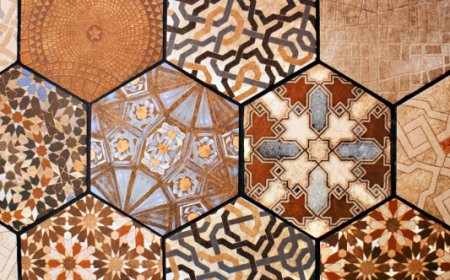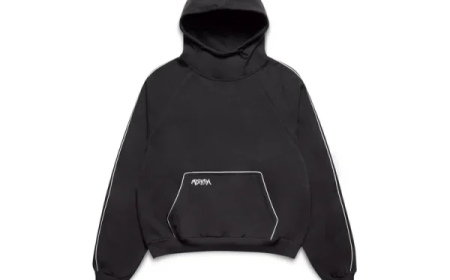What Makes Comme des Garçons So Unique in the Industry?
Comme Des Garcons Play Official Store is the best choice for your wardrobe, Get Amazing CDG Hoodie, Shirts, Jackets, at 45% Off, Fast Shipping Worldwide.

In the world of fashion, few names evoke the same sense of intrigue, rebellion, and intellectual artistry as Comme des Garons. Founded by Rei Kawakubo in Tokyo in 1969 and officially established as a label in 1973, Comme des Garons has long stood as a symbol of anti-fashion, avant-garde expression, Commes Des Garcon and fearless innovation. Over the decades, the brand has not only challenged the norms of fashion but has rewritten them altogether, carving out a singular identity that continues to inspire and provoke.
This blog explores the distinct qualities that make Comme des Garons one of the most unique and revered brands in the fashion industry.
The Visionary Behind the Brand: Rei Kawakubo
At the heart of Comme des Garons uniqueness is Rei Kawakubo herself. An enigmatic and private figure, Kawakubo has always prioritized creative expression over commercial appeal. Unlike many fashion designers who come from traditional fashion schools, Kawakubos background in fine arts and literature has deeply informed her design philosophy. She approaches fashion as an art forma means of communication, disruption, and abstract thinking.
What sets her apart is her consistent refusal to conform to trends or market pressures. Kawakubo often describes her goal as making something new that didnt exist before. This pursuit of originality, sometimes even at the cost of wearability, has become a defining feature of Comme des Garons.
Defying Conventional Beauty and Form
Comme des Garons is renowned for its radical and unconventional designs. From asymmetrical silhouettes and deconstructed garments to oversized shapes and distorted tailoring, the label has continuously pushed boundaries in how clothing is perceived and worn. Kawakubo's designs often challenge the idea of what is considered "beautiful" in traditional fashion.
One of the most memorable collections, Body Meets Dress, Dress Meets Body (Spring/Summer 1997), featured padded, bulging dresses that distorted the female form. Critics at the time were stunnedsome even confusedbut the collection is now regarded as a revolutionary moment in fashion history. Through such work, Kawakubo encouraged viewers and wearers to question societal norms, gender expectations, and the relationship between the body and clothing.
Concept Over Commerce
In a market-driven industry where profitability often dictates creative direction, Comme des Garons has managed to remain commercially successful without compromising its vision. This balance is rare. The brand operates with a distinct duality: avant-garde, runway-defying collections under the Comme des Garons label, and more accessible, streetwear-friendly lines like Comme des Garons Play.
While other designers might chase trends or celebrity endorsements to stay relevant, Kawakubos collections are often described as cerebral and conceptual. They are not created to fit seamlessly into wardrobes or fast fashion cycles but to provoke thought, emotion, and reflection.
The Power of Collaboration
Despite its high-concept roots, Comme des Garons has been incredibly savvy when it comes to collaborations. The brand has partnered with a wide range of designers, artists, and brandsfrom Nike and Converse to Gucci and Supreme. These collaborations are not superficial or merely co-branded marketing stunts. Instead, they reflect a deep mutual respect and a shared desire to innovate.
By bridging high fashion and streetwear, Kawakubo has helped to redefine the idea of luxury. In fact, Comme des Garons played a critical role in the rise of streetwear as a legitimate force in high fashion. This blend of art, culture, and commerce, all without diluting its identity, is another reason why the brand continues to stand out.
An Architectural Approach to Fashion
Comme des Garons often draws comparisons to architecture, both in terms of structure and philosophy. Kawakubo builds garments like sculpturessome angular, some fluid, and many that defy any traditional fashion logic. Her shows often resemble art installations more than traditional runway displays.
This architectural approach has influenced an entire generation of designers who now view fashion not only as a medium for aesthetic pleasure but also as a platform for conceptual storytelling. In a sense, Comme des Garons has helped move fashion closer to the realms of contemporary art and experimental design.
Retail as an Experience
Comme des Garons does not limit its innovation to the runway. The brands retail spaces are just as boundary-pushing. Dover Street Market, founded by Kawakubo and her husband Adrian Joffe, redefined the concept of retail. Its not just a storeits a curated environment, part gallery, part boutique, part cultural hub. Each location is designed by different artists and reimagined regularly, turning shopping into a sensory and artistic experience.
This approach to retail, where the environment is as important as the product, has influenced many fashion houses and high-end retailers around the world. Comme des Garons treats every aspect of its businessdesign, presentation, retail, and brandingas an integrated creative project.
A Commitment to Independence
Perhaps the most admirable aspect of Comme des Garons is its independence. The brand remains privately owned, which is almost unheard of in an era where most major labels are absorbed into large luxury conglomerates. This independence has allowed Kawakubo to maintain full creative control and make decisions that align with her artistic values rather than shareholder interests.
It also means the brand can afford to take risks. Whether launching unexpected new labels, experimenting with fragrance lines, or curating obscure artists for collaborative projects, Comme des Garons consistently prioritizes innovation over mass appeal.
The Legacy and Influence
Comme des Garons influence cannot be overstated. From inspiring fashion students to challenging seasoned designers, its effect reverberates through the industry. It has helped foster a more open-minded view of fashionone that accommodates intellectualism, emotion, and abstraction.
Rei Kawakubo's 2017 retrospective at the Metropolitan Museum of Art's Costume Institute was only the second solo exhibition for a living designer, following Yves Saint Laurent. Comme Des Garcons Hoodie This honor not only acknowledged her contribution to fashion but also validated fashion as a serious and transformative form of art.
Conclusion: A World of Its Own
Comme des Garons exists in a world of its own. While many fashion brands seek to be loved, worn, and praised, Comme des Garons seeks to be understoodif not today, then in the future. It speaks to a rare artistic integrity and a visionary commitment that few others can claim. In a time when fashion is often diluted by algorithms, fast cycles, and commercial compromise, Comme des Garons continues to stand firm, mysterious, and unwavering in its purpose.
It doesnt just make clothes. It makes statements. It builds ideas. And that is what makes it one of the most unique and vital forces in the fashion industry today.




































